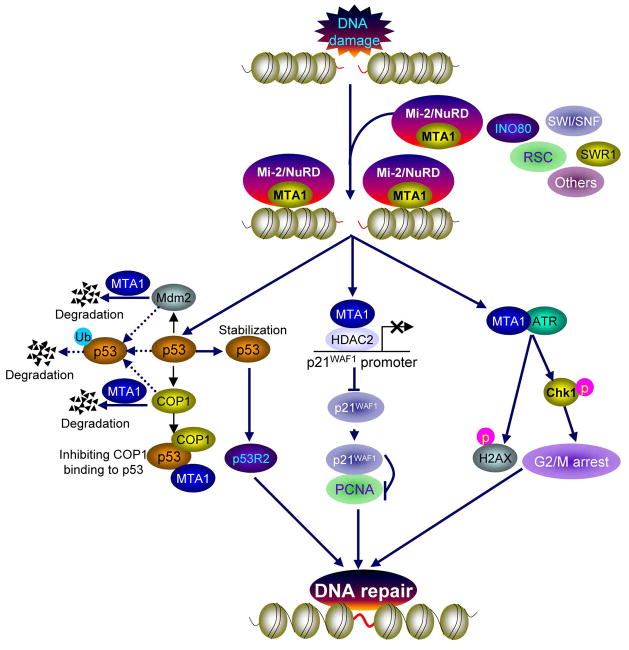Figure 1. Summary of recently discovered functions of MTA1 in DNA damage response.
In response to DNA damage, the Mi-2/NuRD complex, like other ATP-dependent chromatin remodeling complexes (such as INO80, SWI/SNF, RSC, and SWR1), might be recruited to the site of damaged DNA, and exerts its function in DNA repair by multiple different mechanisms. It was shown that MTA1, an integral component of the Mi-2/NuRD complex, is a multiple functional DNA damage responsive protein. MTA1 regulates p53-dependent and –independent DNA repair processes following IR treatment by modulating the p53-p53R2 and p21WAF1-PCNA pathway, respectively. In this context, MTA1 controls p53 stability through inhibiting the E3 ubiquitin ligases Mdm2- and COP1-mediated ubiquitination by destabilizing of Mdm2 and COP1 and/or by competing with COP1 to bind to p53, thereby regulating the p53-dependent transcription of p53R2, a direct p53 target gene for supplying nucleotides to repair damaged DNA (left panel). In addition, MTA1 transcriptionally suppresses p21WAF1 expression by recruitment of MTA1/HDAC2 complex onto p21WAF1 promoter, and inhibits p21WAF1 binding to PCNA, thereby facilitates PCNA-dependent DNA repair. In addition, MTA1 is required for ATR-mediated DNA damage checkpoint function in response to UV irradiation. In this case, MTA1 interacts with ATR and is required for the ATR-mediated Chk1 activation and γ-H2AX induction following UV irradiation. Consequently, MTA1 deficiency results in a defective G2/M DNA damage checkpoint and increased cellular sensitivity to UV irradiation.

